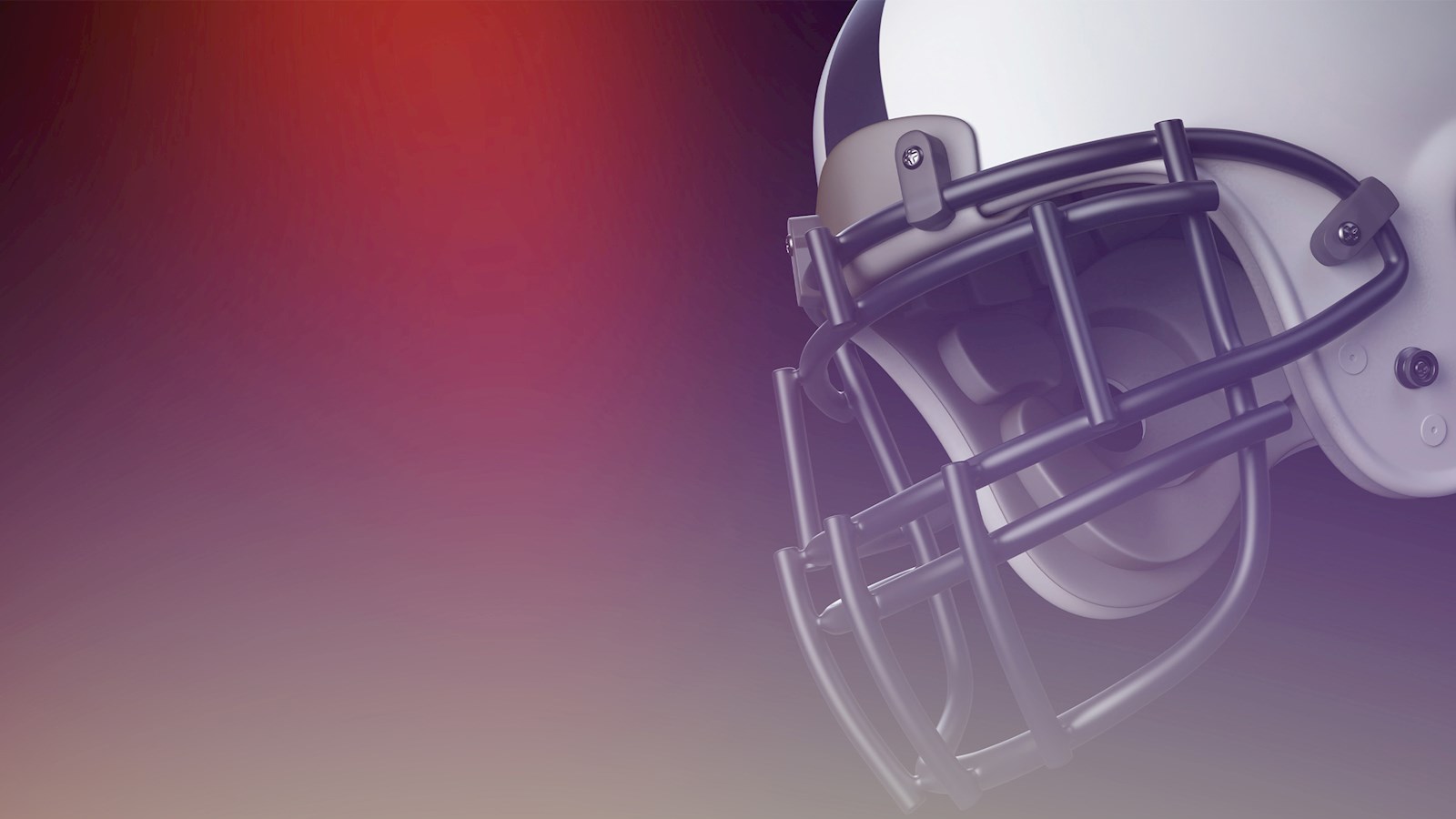
Super Bowl 2023: dynamic and multi-dimensional
The game, the people, the advertising and the halftime show – that’s what the Super Bowl has always been about. Now smartphones, apps, online chat and virtual communities make the Super Bowl multi-dimensional, says Chris Console of WPP Sports Practice
The way in which consumers have integrated technology into their everyday lives is adding new dimensions to the Super Bowl experience, while evolving – and expanding – the opportunities for brands.
Let’s not forget what a huge deal the Super Bowl is for consumers and brands alike. The 2022 Super Bowl – which saw the Los Angeles Rams beat the Cincinnati Bengals – attracted 99.18 million viewers in the U.S. (viewing numbers having peaked at a record 114.44 million viewers in 2015).
The 2021 Super Bowl attracted advertising revenue to the tune of a record $485 million. In 2022, a 30-second advertising slot cost around $6.5 million.
However, consumer behaviour is clearly shifting. The pandemic obviously impacted the number of Super Bowl parties and average consumer spending. But it is digital connectedness that is really changing the entire experience, and the opportunities for brands – and challenges in being heard – in the multi-dimensional environment are becoming so much more complex.
The same but different
The Super Bowl in and of itself– delivers the same cultural moment as always. “It is the evolution of the second screen that is different,” says Console. “People are not just watching the broadcast; they are closely connected to their phones and other devices, which creates incredible competition for consumers’ attention.”
For some, it’s all about social media dialogue and interaction. For others, it’s about following news streams. Discussions within and between communities and individuals are now a huge component of the Super Bowl experience. And there’s a lot of real-time sports betting, too.
“The smartphone and tablet are providing people with a multichannel Super Bowl experience – different from just watching the broadcast – which is keeping sponsors, partners and brands on their toes,” says Console.
“Obviously, having a Super Bowl spot is a tremendous investment and an opportunity to reach a massive audience. But, in the new environment, brands should be proactive in teasing out their campaigns close to a month in advance of the game, anchored in a comprehensive launch and sustained activation plan to maximise a return on investment.”
A robust, integrated communications strategy is crucial. “Yes, people are watching the game, but they are also listening to the conversations around it,” says Console. “They are looking to see what is being said on social media, what the influencers are talking about. And brands need to identify where all this chatter is resonating with consumers.”
Console reminds us that people are always reacting in real time on social media – to the game, to the advertising, to the entertainment, and to anything else they are observing. In fact, as the game goes on, with so many threads demanding viewers’ attention, there will clearly be winners and losers. The trick is figuring out which ones will dominate before they peak.
“The Super Bowl viewing experience has completely changed, and advertisers, marketers and communication experts have to think about how to engage with the audience that they're trying to reach,” points out Console. “They have to prioritise inserting themselves into those conversations, but also know when to take a pause.”
Apart from the NFL official partners, many brands will attempt to ride the wave of an event like a Super Bowl and insert themselves into conversations where they can find relevancy or other door-openers. “My counsel to brands,” says Console, “is to err on the side of caution and avoid impulsive reactions. Don’t just jump into conversations unless there's a natural fit. This is something brands did not have to think about 10 or more years ago, even around a unique one-day event like the Super Bowl.
But let’s not forget the game. Much of the audience’s behaviour depends on whether the game holds the audience’s attention and, if it does not, what are they doing when they are disengaged from the event itself? This is when savvy brands turn up to showcase relevancy.
“Nobody wants to be out of the loop,” says Console. “Nobody wants to be in a position where they don't feel as if they have something interesting to offer to their friends or family, or have nothing to say if they’re an influencer and have big social followings.”
What does this mean for brands?
If we’re in the era of ‘surround sound,’ brands that want to be part of the conversation and be heard must have a comprehensive, integrated plan across all their communications channels – advertising, public relations, social and digital content, paid amplification on social and so on.
“We’re helping brands develop the appropriate brand narrative because their audiences, in all likelihood, are connected to the Super Bowl even if they're not football fans,” he says. “International brands will also try to take advantage of these opportunities – the Super Bowl is a global cultural phenomenon.”
The Super Bowl conversation will be held across myriad devices, apps, channels, time zones and other dimensions. Much like the teams on the field with their multiple schemes and plays throughout the game, the challenge for brands during this heightened moment will be in navigating fragmented Super Bowl viewing, while still scoring with audiences.
published on
01 February 2023

